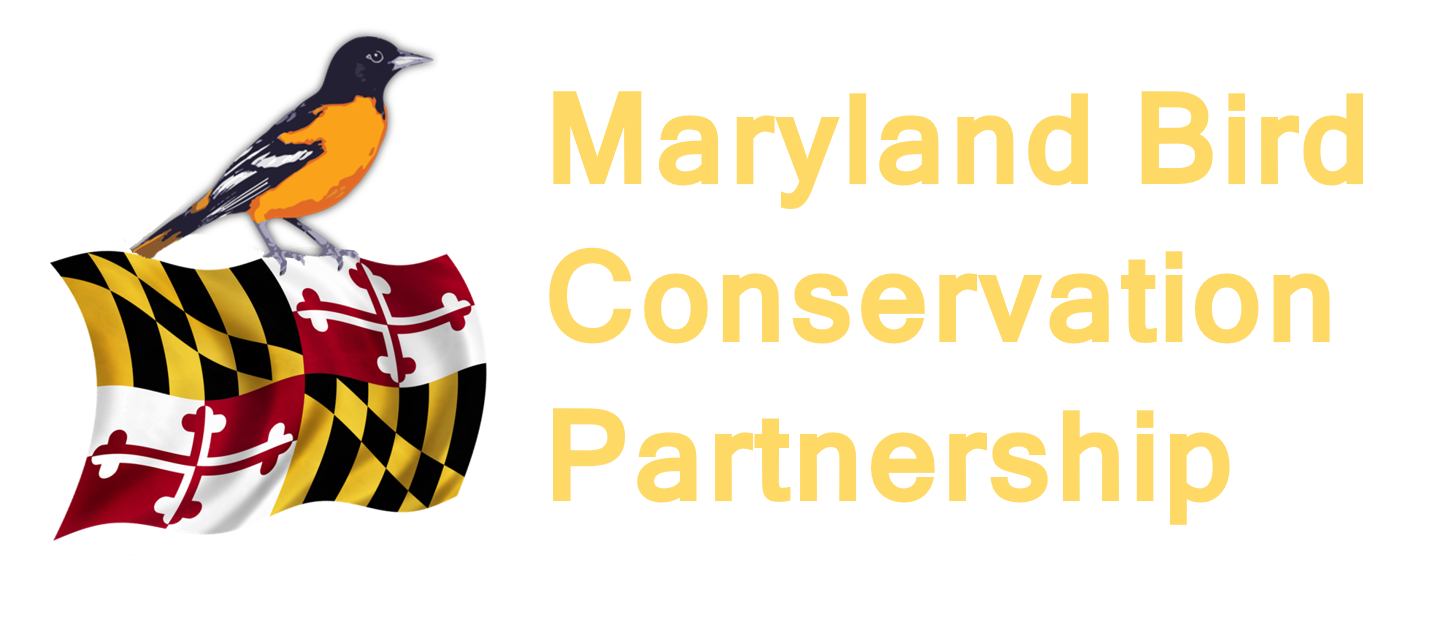Wood Thrush
Hylocichla mustelina
(high-low-SICK-lah mus-teh-LIN-ah)
Wood Thrush by Kelly Colgan Azar
Did you know? Although many of us still hear the captivating song of the Wood Thrush during spring walks in the woods, this bird has been undergoing a steep decline. According to the article Decline of the North American avifauna, published in the journal Science, Wood Thrush populations have declined 60% since 1970.
Cool facts
The Wood Thrush can harmonize with itself! It is able to sings notes simultaneously, which produce the haunting thrill at the end of its three-part song. Learn more about this fascinating bird at on All About Birds by Cornell Lab of Ornithology.
RANGE
Breeding: Wood Thrush breed in deciduous and mixed wooded habitats throughout the eastern U.S. and southeast Canada.
Non-breeding: mainly in tropical lowland forests from southern Mexico along both coasts to western Panama.
Maryland: in appropriate wooded habitats during the breeding season throughout the state, generally May through July. Breeding evidence in 91% of blocks in the 2nd Breeding Bird Atlas.
Evans, M., E. Gow, R. R. Roth, M. S. Johnson, and T. J. Underwood (2020). Wood Thrush (Hylocichla mustelina), version 1.0. In Birds of the World (A. F. Poole, Editor). Cornell Lab of Ornithology, Ithaca, NY, USA. https://doi.org/10.2173/bow.woothr.01
POPULATION STATUS
Reasons for population declines
The main cause of the Wood Thrush’s decline is habitat loss and fragmentation on the breeding and wintering grounds. As a forest breeding bird, it is particularly susceptible as it forages on the ground and nests in the understory. Forest fragmentation in the Eastern U.S. allows more nest predators like cats, raccoons, jays, and crows to access Wood Thrush and their nests. Invasive plants can degrade this bird’s understory habitat, as does over-browsing by deer. Fragmented forests also invite Brown-headed Cowbirds, a brood parasite of the thrush that can lower nesting success.



